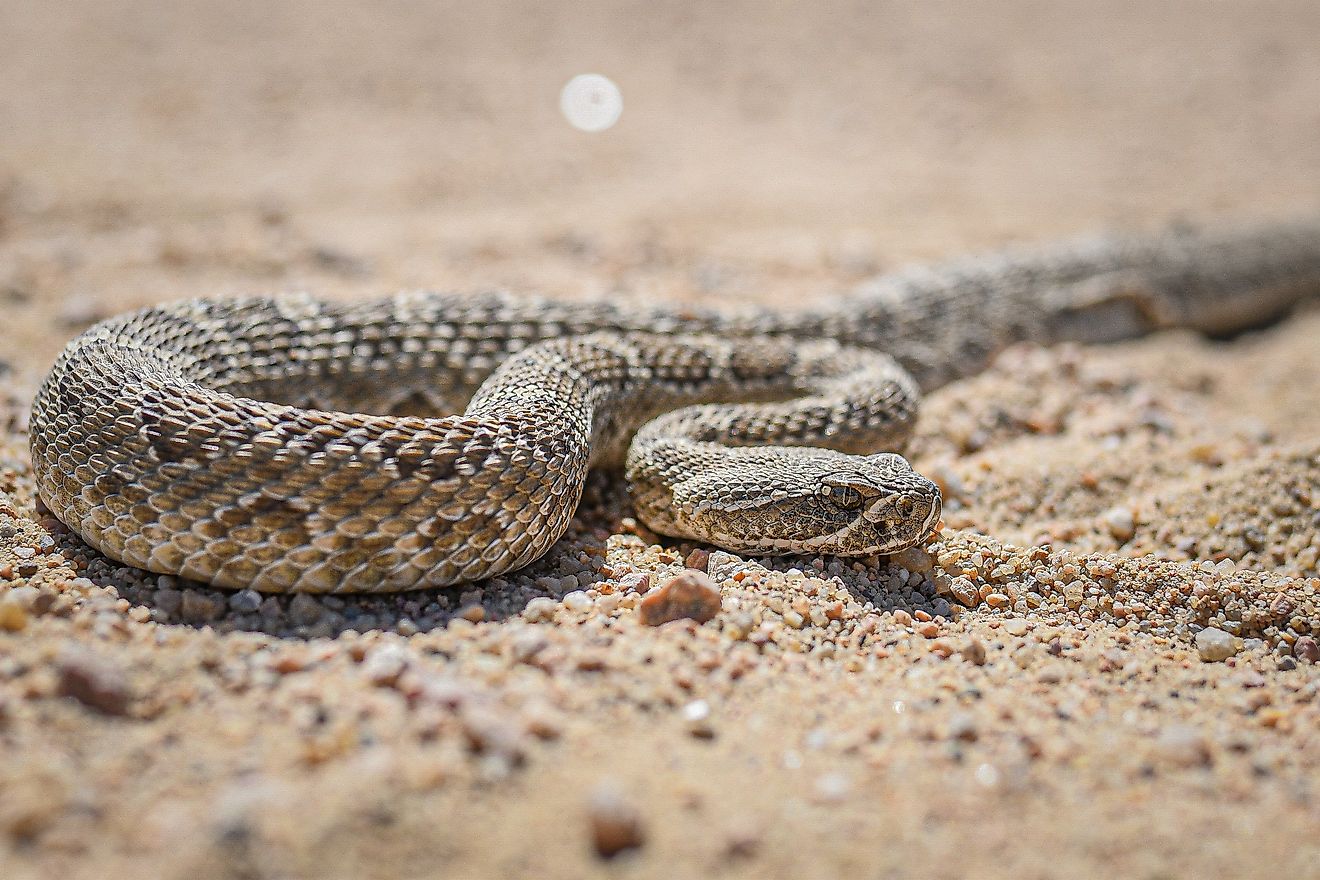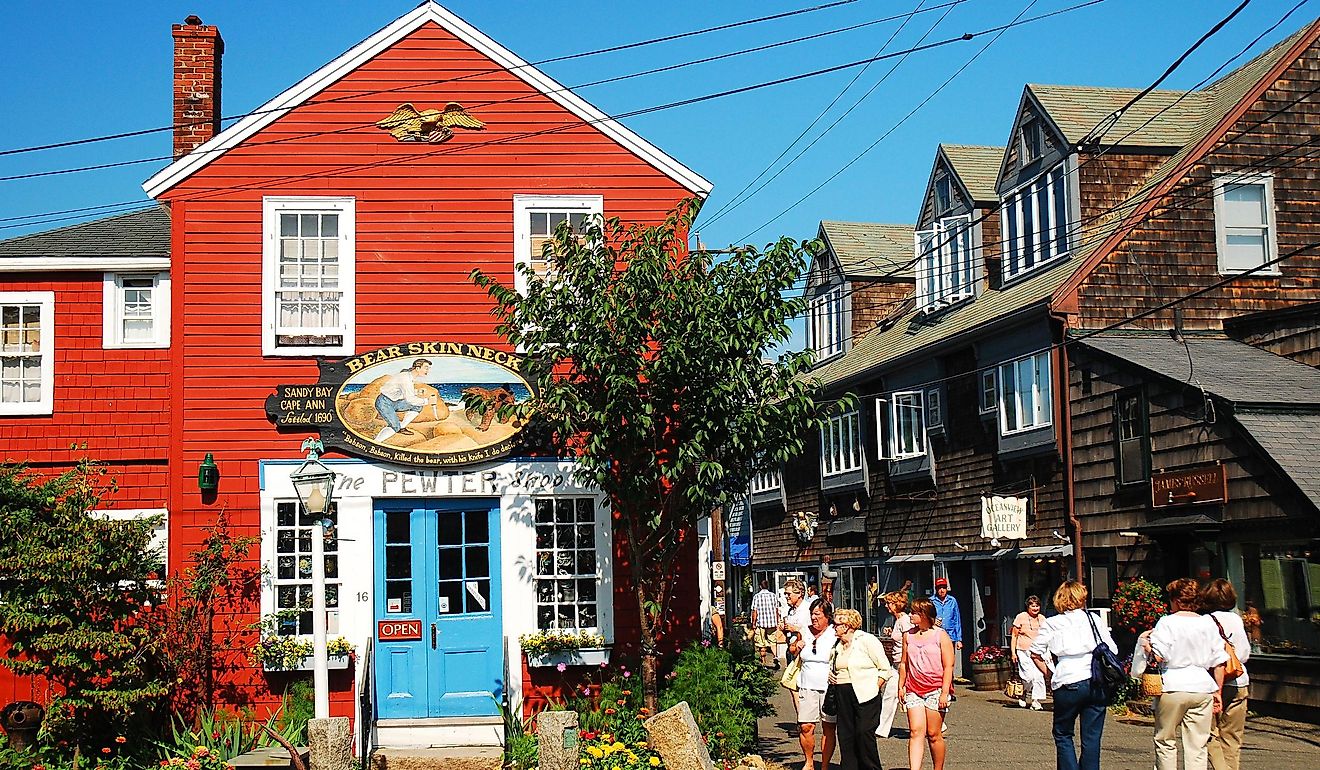Great Smoky Mountains National Park

- The Great Smoky Mountains National Park (GSMNP) is located on the border between North Carolina and Tennessee.
- The park was founded in 1934 and is the most visited US National Park.
- There are 5 types of forests in the GSMNP.
- The GSMNP was once home to the Indigenous Cherokee people.
The Great Smoky Mountains National Park (GSMNP) is located on the border between the US States of Tennessee and North Carolina. The park encompasses the ridges and mountains of the Smoky Mountains, hence its name. Created in 1934, the park sits on the original homeland of the Indigenous Cherokee people. It is the most visited national park in the entire United States. More than 9 million people per year have visited the park in the last 5 years.
Geography

The GSMNP contains more than 2,112.5 km2, which makes it one of the largest national parks in the US. The park includes more than 1,275 km of hiking trails, numerous streams, and waterfalls. It is heavily forested. In the fall, the forests produce a myriad of colors that attract tourists from all over the world. The Smoky Mountains is the tallest mountain range in the Appalachian Mountains.
The GSMNP has six entry points, which are also small towns. The Tennessee towns that act as entry points to the park are Sugarlands, Townsend, Cosby, and Wears Valley. The entry points to the park in North Carolina are in the towns of Cherokee and Cataloochee. The Visitor Center in Sugarlands is the headquarters of the park, and the most used entry point. The entry point in Cherokee includes a visitor center called the Ocolanuftee Visitor Center. Ocolanuftee is the name of a river valley in the park. The visitor center sits on land that was once home to a Cherokee village.

The most popular areas of the GSMNP are Newfound Gap, Clingmans Dome, Cades Cove, the Cataloochee Valley, Big Creek, Deep Creek, Greenbrier, Tremont, Mount LeConte, the Ocolanuftee Valley, Roaring Fork, and Elkmont. The Newfound gap offers fantastic scenic views of the park. More scenic views can be had at Clingmans Dome, the tallest summit in the park. In fact, there is an observation tower at the site that features 360° views of both Tennessee and North Carolina.
Cades Cove is the most visited area of the park, as it is the area with the most to see and do, including historic buildings and cabins, scenic mountain views, abundant wildlife, hiking trails, waterfalls, creeks, streams, and horseback riding. The Cataloochee Valley is also known for its historic settlements, as well as its elk, which thrive in the area. If you like to be in the water, Big Creek and Deep Creek offer swimming holes and the opportunity to ride down the river in an inner tube. Mount LeConte, the third tallest mountain in the GSMNP, is the most visited mountain in the park. If you are interested in the park’s Indigenous heritage, you can visit the Cherokee Indian Village in the Ocolanuftee Valley.
Wildlife
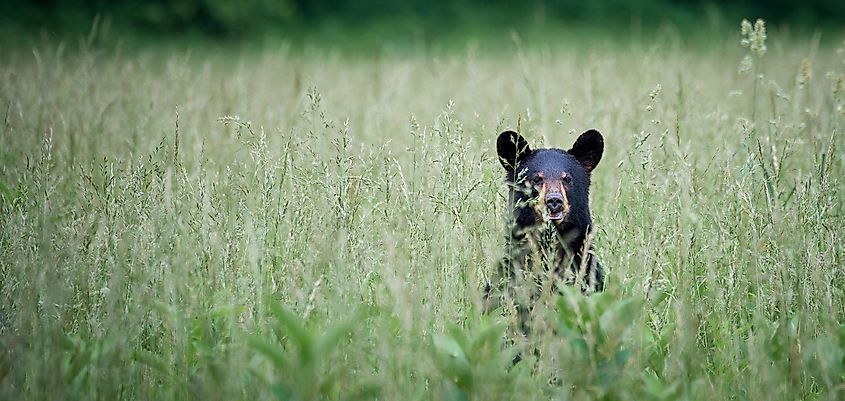
There are five types of forests in the GSMNP, containing 130 species of trees and 4,000 other plant species. The first type of forest is the spruce-fir forest, which is found at the park’s highest elevations. This forest contains mostly red spruce and Fraser fir. Other significant species include yellow birch, mountain-ash, hobblebush, and blackberries. Dominating the mid-to-high elevations of between 1,065 to 1,525 m is a northern hardwood forest, which is characterized by sugar maple, American beech, and yellow birch.
The drier ridges in and around the park feature a pine-oak forest, the major species of which include red, scarlet, black, and chestnut oaks, as well as table mountain, pitch, and white pines. Along the stream banks are where you will find a hemlock forest. In contrast, the valleys throughout the park are lined by cove hardwood forest, which includes species such as tulip poplar, American basswood, red maple, sweet gum, yellow buckeye, black birch, and dogwood.
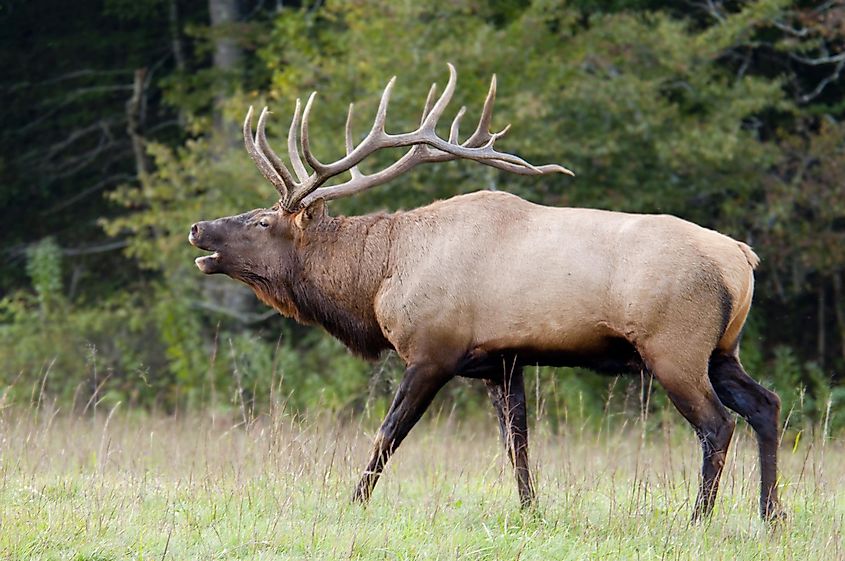
The fauna of the GSMNP includes 65 species of mammals. These mammals include black bears, elk, coyotes, bobcats, deer, red and gray squirrels, chipmunks, woodchucks, raccoons, opossums, red and gray foxes, skunks, and bats. There are also 230 species of birds in the GSMNP, including juncos, mourning doves, chimney swifts, eastern phoebes, barn swallows, blue jays, indigo buntings, cardinals, towhees, sparrows, chickadees, warblers, turkey vultures, hawks, and eagles. Reptilian species include snakes, turtles, and lizards. The GSMNP also features amphibians like frogs, toads, and salamanders. In fact, there are 30 types of salamanders in the GSNMP, which is more than anywhere else in the world.
Brief History
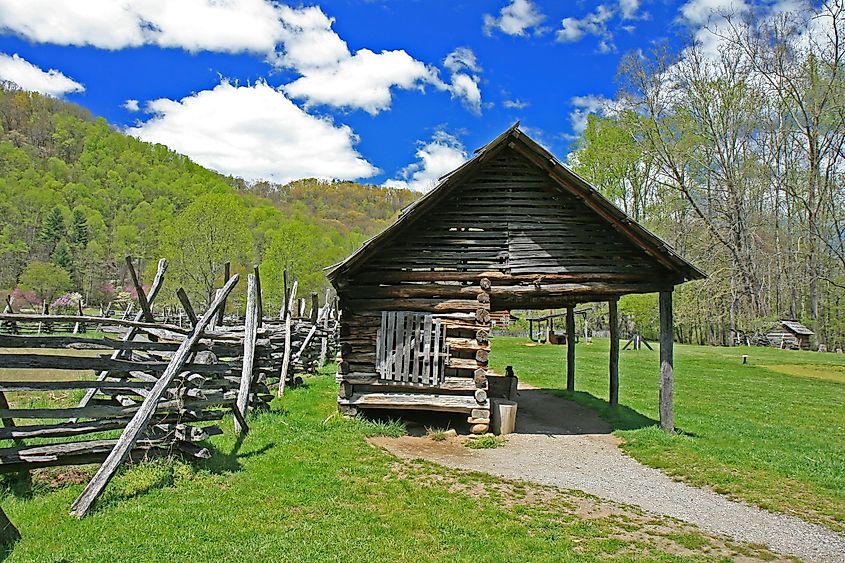
The Cherokee people inhabited the land of the park for generations. In 1830, however, US President Andrew Jackson signed the Indian Removal Act that resulted in the forced removal of the Cherokee people to what is now the state of Oklahoma. A few Cherokee did stay behind, though. Today, the descendants of these so-called renegades can be found in the Cherokee Nation, based in Cherokee, North Carolina.
European settlers began arriving in what is now the park in the late 18th and early 19th centuries. They soon began logging the forests of the area to the point where they were causing significant damage to the natural environment. The destruction of the forests in the present-day GSMNP soon caught the attention of the American public, who demanded that the area be protected. In 1926, the US Congress approved the establishment of a national park in the area, but no funding was provided for it. Eventually, however, oil tycoon John D. Rockefeller, with the help of the US government and residents of Tennessee and North Carolina, provided the funding necessary to create the national park. The Great Smoky Mountains National Park was formally established in 1934.
Environmental Threats
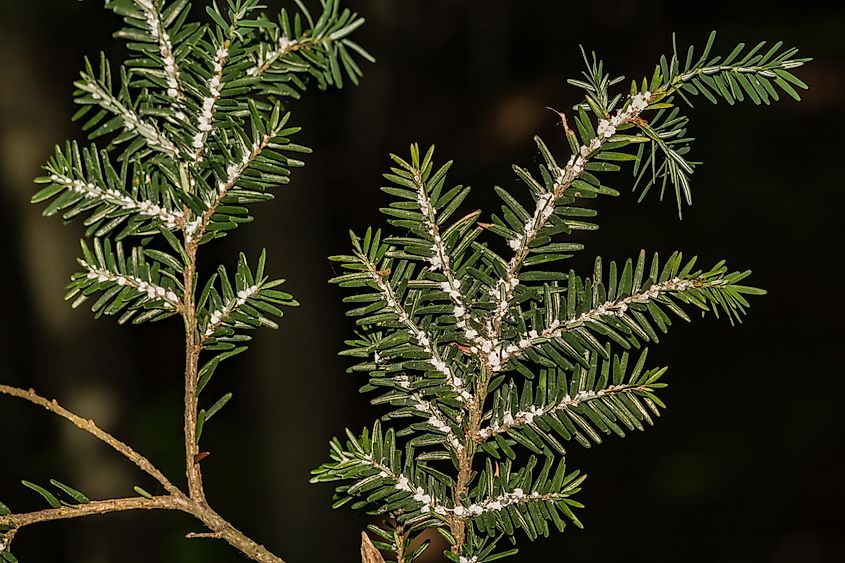
Most threats to the natural environment of the GSNMP come in the form of invasive species. Some of these species are insects, such as the balsam woolly adelgid and the hemlock woolly adelgid. The former has managed to kill 95% of the Fraser fir in the past decade, threatening the entire forest type. Another animal that has caused widespread damage to the GSMNP’s environment is the European boar. Other threats to the park include acidic deposition, ozone, and unintentional fires.

